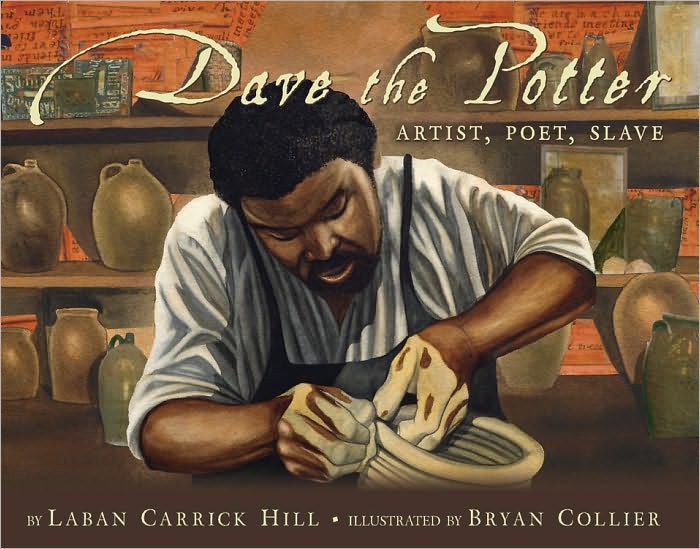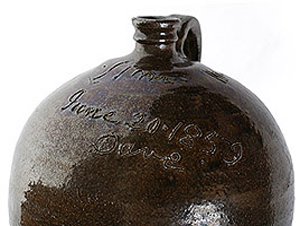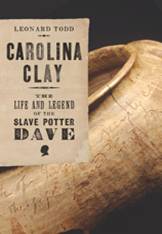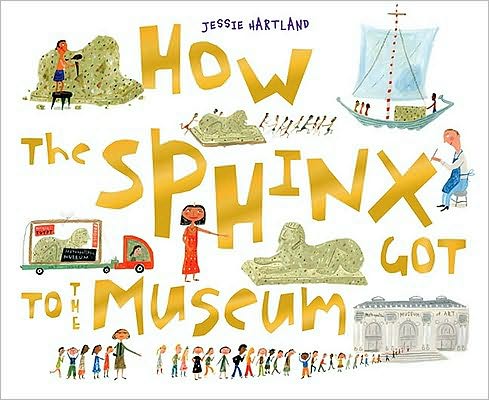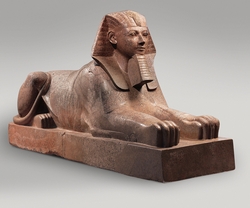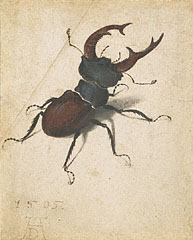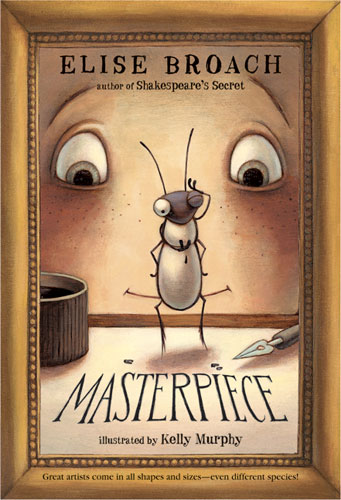 The drawing of the lady and the lion featured in last week's Middle Grade Gallery is from Masterpiece by Elise Broach (Henry Holt, 2008; this is the cover of the paperback edition, SquareFish, 2010). It's a invented work of art by a real artist, Albrecht Dürer. I chose Dürer's Stag Beetle to accompany the original post because in the book, a beetle named Marvin is indirectly called on to copy the Dürer drawing in question. It represents Fortitude, one of the four cardinal virtues; the others (Prudence, Temperance, and Justice) have all been stolen, and the museum's plan to recover them involves a forgery, a theft, and an eleven-year-old boy named James.
The drawing of the lady and the lion featured in last week's Middle Grade Gallery is from Masterpiece by Elise Broach (Henry Holt, 2008; this is the cover of the paperback edition, SquareFish, 2010). It's a invented work of art by a real artist, Albrecht Dürer. I chose Dürer's Stag Beetle to accompany the original post because in the book, a beetle named Marvin is indirectly called on to copy the Dürer drawing in question. It represents Fortitude, one of the four cardinal virtues; the others (Prudence, Temperance, and Justice) have all been stolen, and the museum's plan to recover them involves a forgery, a theft, and an eleven-year-old boy named James.
Masterpiece is very much in the tradition of E.L. Konigsberg's From The Mixed-Up Files of Mrs. Basil E. Frankweiler, which might explain why I love it. That book won the Newbery in 1967; and while Masterpiece didn't get any Newbery honors, it did win the E.B. White Read Aloud Award for Older Readers in 2009.
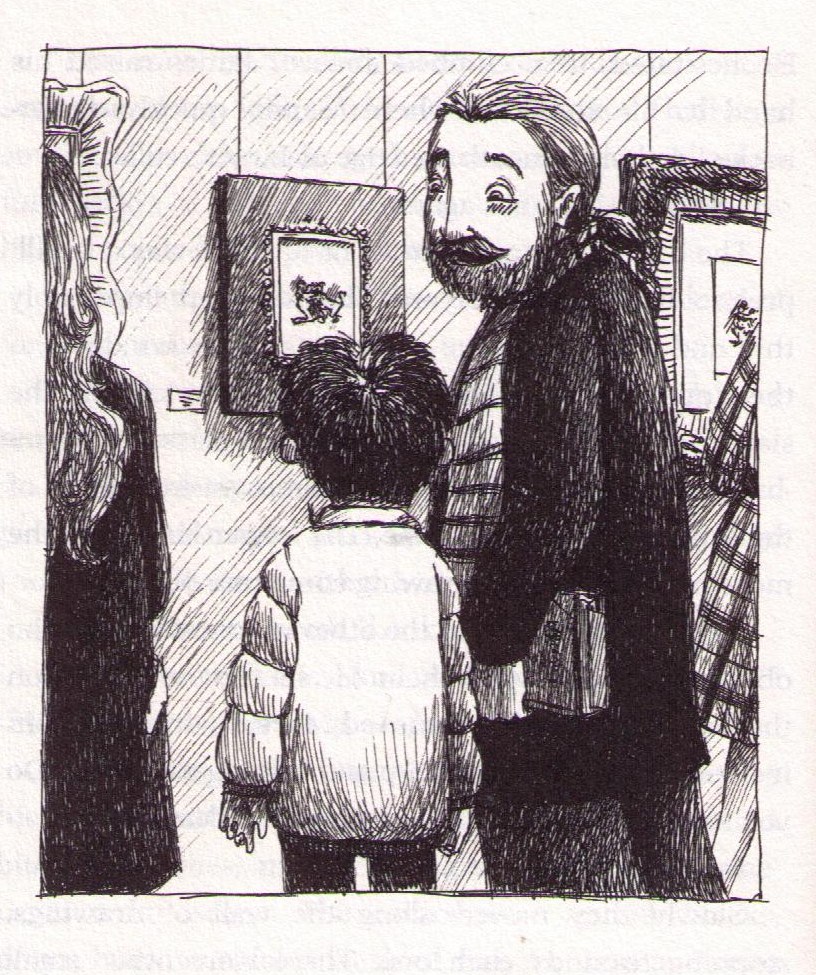 It's also illustrated, in pen-and-ink of course, by one of my favorites, Kelly Murphy (see the Beastologist books, among others). This image, scanned from my hardcover copy of Masterpiece, shows James and his father looking at Dürer's drawing in a gallery at the Met. Hanging next to it, in a more ornate frame, is Bellini's drawing of Fortitude, a real work of art on loan from the Getty. And if you look closely, you can even see Marvin perched on James's shoulder.
It's also illustrated, in pen-and-ink of course, by one of my favorites, Kelly Murphy (see the Beastologist books, among others). This image, scanned from my hardcover copy of Masterpiece, shows James and his father looking at Dürer's drawing in a gallery at the Met. Hanging next to it, in a more ornate frame, is Bellini's drawing of Fortitude, a real work of art on loan from the Getty. And if you look closely, you can even see Marvin perched on James's shoulder.
